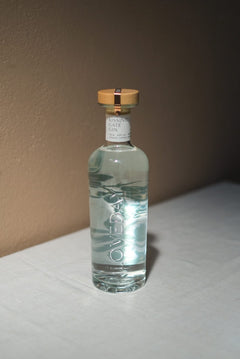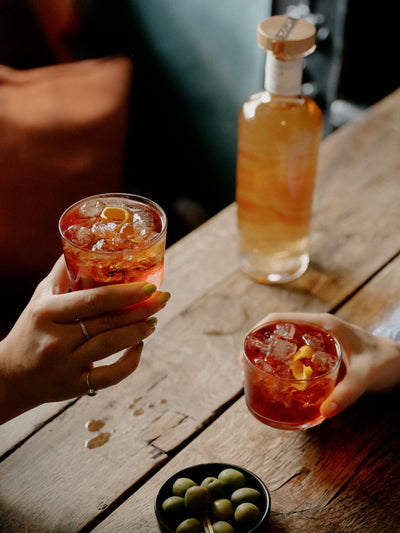From ancient folklore to traditional medicine, to cocktails, to flavouring cocktails, elderflower has earned its place as one of the most distinctive and versatile ingredients in drinks. As the star of our next limited edition gin, it’s worth getting to know.
A Plant with a Past
Elderflower comes from the elder tree (Sambucus nigra), which has grown across Europe and parts of North America for thousands of years. The tree — and its flowers — carry deep symbolic and cultural significance. In many European traditions, people believed the elder tree housed protective spirits. It was common to ask permission before picking its flowers, and some households planted elder trees near the entrance to ward off bad luck.
Far from being just folklore, the elder tree was valued for its practical uses — its berries, bark, and flowers were all used for food, drink, or remedies.
A Traditional Herbal Remedy
Elderflower has been used in herbal medicine for centuries. It’s known for its natural antiviral and anti-inflammatory properties and has long been used to support the immune system.
Even today, elderflower tea is a go-to remedy for colds, hay fever, and sinus issues. It’s also said to have diuretic and detoxifying effects, making it a popular ingredient in traditional herbal blends.
Cultural Appearances
You’ll find elderflower woven into stories, myths, and rituals across different cultures. In Norse mythology, the elder tree was sacred to Freya, the goddess of love and fertility. Shakespeare associated the elder with transformation — fitting for a plant that’s been brewed into everything from medicine to sparkling wine.
By the 19th century, elderflower cordial had become a summer staple in Victorian England. Its refreshing, floral profile made it perfect for warmer weather and garden parties — a tradition that continues in many households today.
But what does it taste like?
Elderflower has a light, fresh flavour that’s floral but not overly sweet. It brings subtle notes of honey, almond, citrus, pear, and a touch of green woodiness. In drinks, it’s often used to add lift, floral notes and brightness without overpowering the palate.
It pairs beautifully with citrus, herbs, and soft fruit — which is exactly why we love it in gin.
Why We Chose Elderflower
In our next limited edition release, elderflower takes centre stage. We chose it for its ability to enhance and elevate — adding depth and freshness without being too blousy.
Blended with bright botanicals and our signature gin base, it creates a crisp, expressive spirit that captures the feel of early summer: clean, fragrant, and quietly complex.



